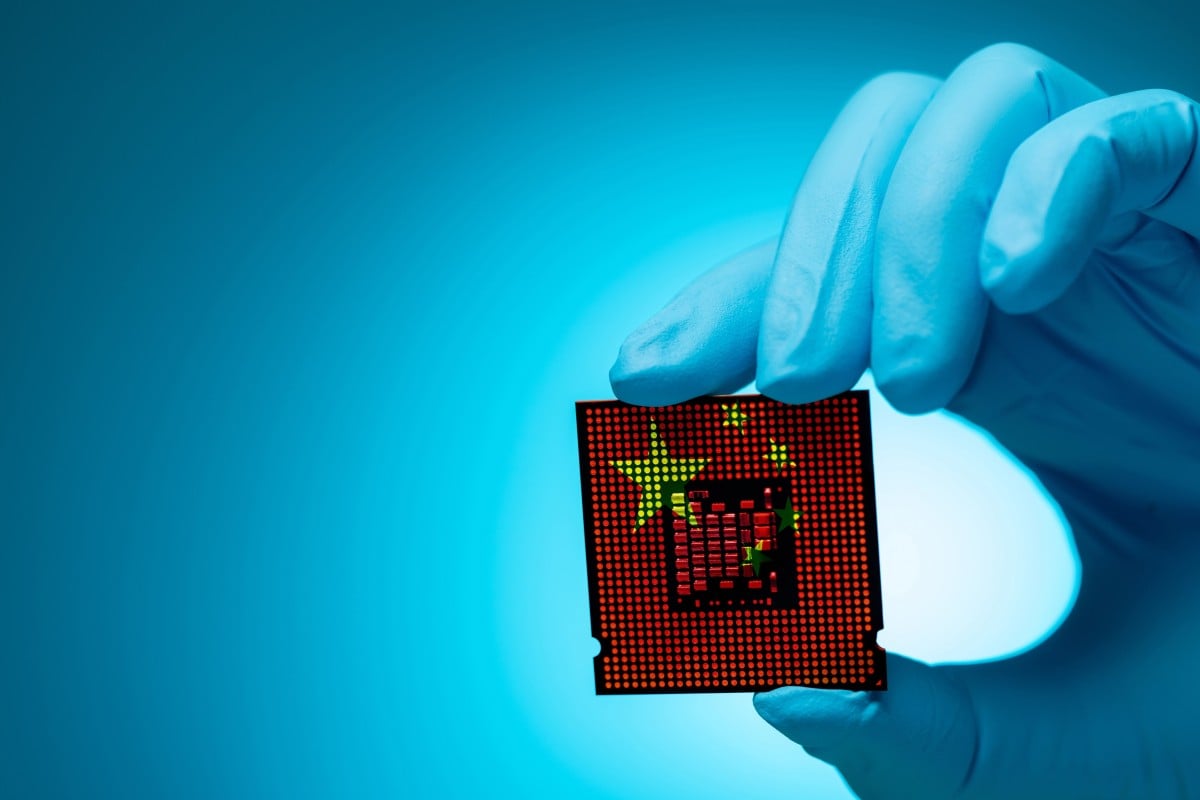China Launches First Commercial E-Beam Lithography Machine in Chipmaking Breakthrough

China's Breakthrough in Semiconductor Manufacturing
China is making significant strides in the field of semiconductor manufacturing with the development of its first domestically produced e-beam lithography tool. This advancement marks a crucial step forward in the country’s efforts to enhance its chipmaking capabilities and reduce reliance on foreign technology.
Lithography systems are among the most complex machines ever created, playing a vital role in the mass production of chips. However, China is still in the early stages of developing such tools domestically. The newly developed machine, named Xizhi after the renowned ancient Chinese calligrapher Wang Xizhi, was created by a quantum technology lab at Zhejiang University in Hangzhou. It uses a focused electron beam to "write" chip circuits onto silicon wafers, offering a high level of precision and flexibility.
The significance of this development comes against the backdrop of strict export controls that have limited access to advanced lithography equipment for leading domestic research institutions. According to reports from local media, these restrictions have hindered the progress of key research centers, including the University of Science and Technology of China and Zhejiang Lab. The delivery of Xizhi is expected to help overcome these challenges and provide a much-needed boost to China's semiconductor industry.
Strategic Efforts to Localize Chip Manufacturing
In response to U.S. export restrictions on high-tech equipment, Beijing has intensified its efforts to localize advanced chip manufacturing. Recent developments have bolstered the country’s research and development capabilities, allowing it to make progress in critical areas of semiconductor technology.
In 2022, the U.S. Bureau of Industry and Security imposed new export controls on semiconductor manufacturing equipment, including e-beam lithography systems. Additionally, Washington has pressured its allies, such as the Netherlands, to restrict ASML from selling its most advanced technologies to Chinese buyers. These measures have significantly impacted China's access to cutting-edge equipment.
Despite these challenges, e-beam lithography machines offer unique advantages. While they cannot produce chips at the large scale of Dutch company ASML's DUV and EUV lithography systems, they excel in the testing stage of production. They provide high-precision circuit patterning and design flexibility, making them an essential tool in the development process.
Key Features and Potential Impact
The Xizhi machine is priced lower than imported alternatives and can pattern circuit lines as narrow as 8 nanometres, with a positioning accuracy of 0.6 nanometres—meeting international standards. This makes it a competitive option for both research institutions and commercial applications.
Discussions with multiple companies and research institutions have already begun, according to reports. The potential for collaboration and further innovation is promising, as the machine could serve as a catalyst for growth in China's semiconductor sector.
As the global race for technological advancement continues, China's progress in developing its own e-beam lithography tool highlights its commitment to self-reliance and innovation. With continued investment and strategic partnerships, the country is well-positioned to strengthen its presence in the global semiconductor market.

Comments
Post a Comment